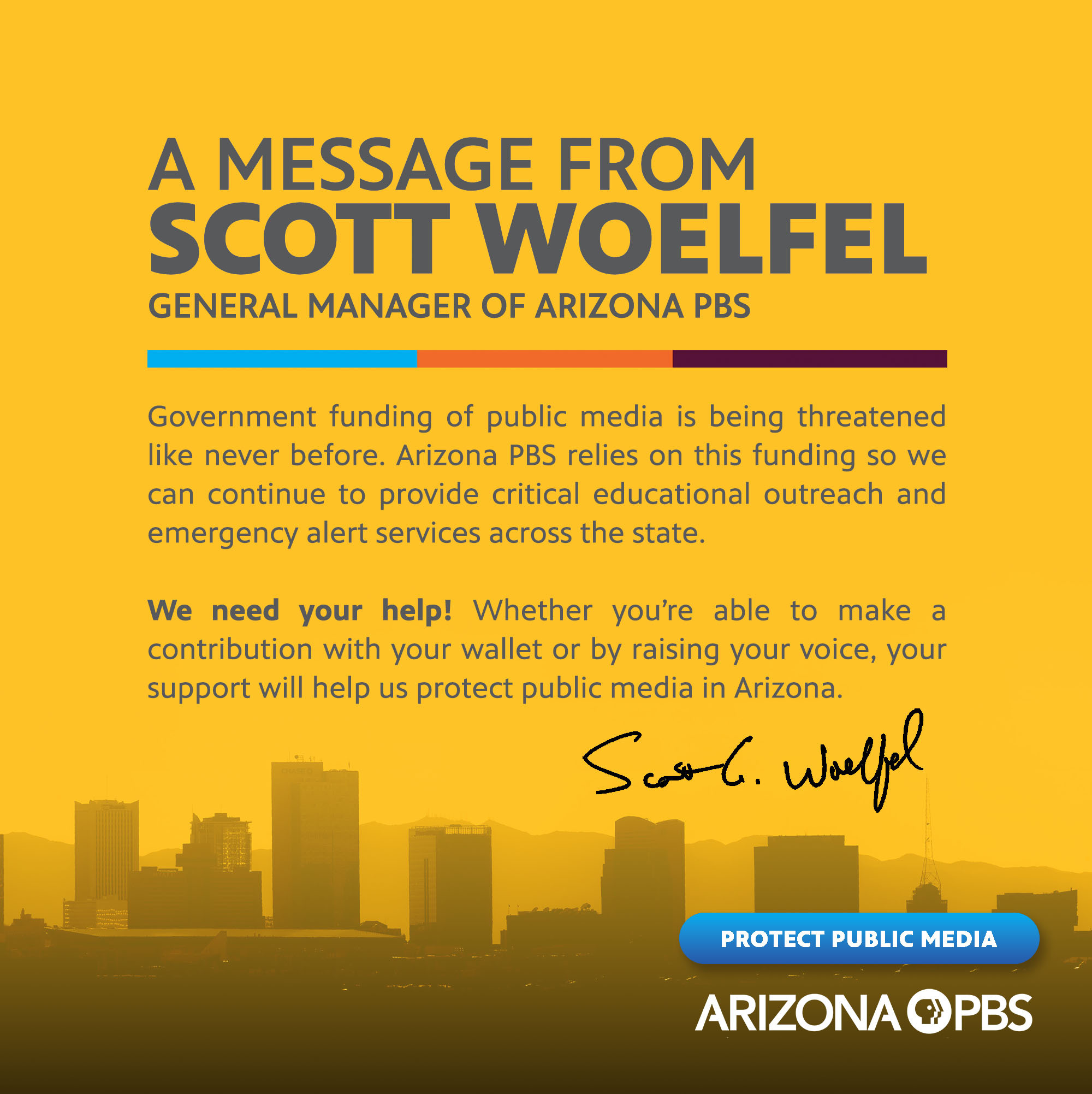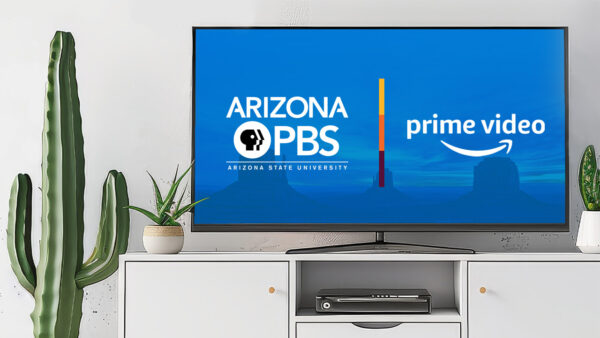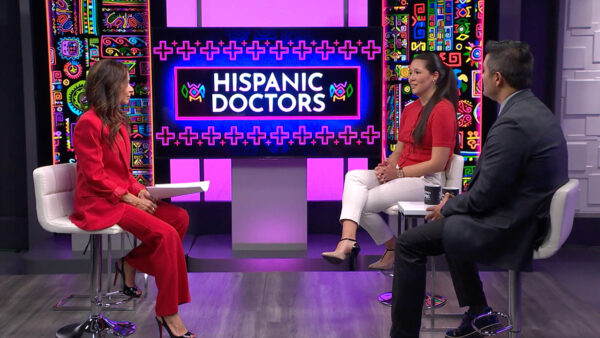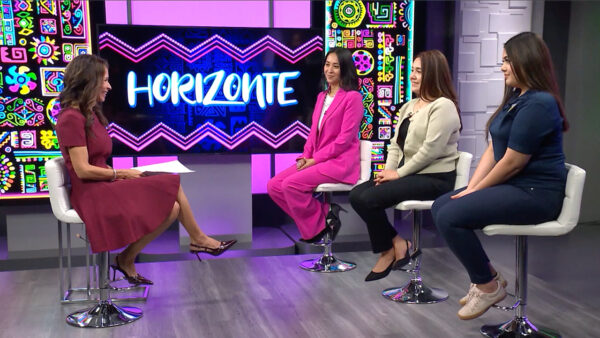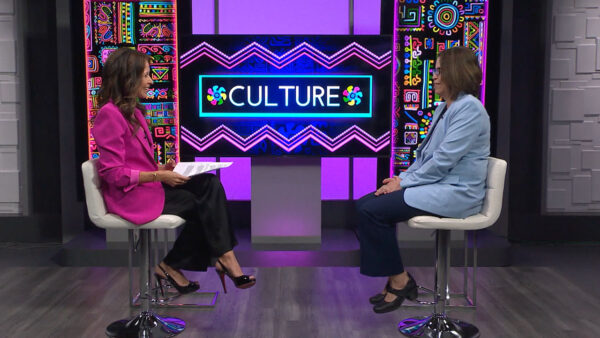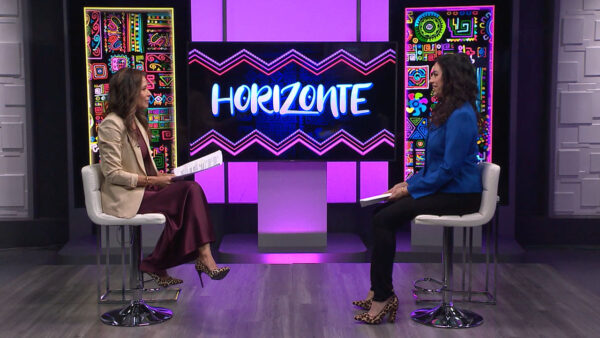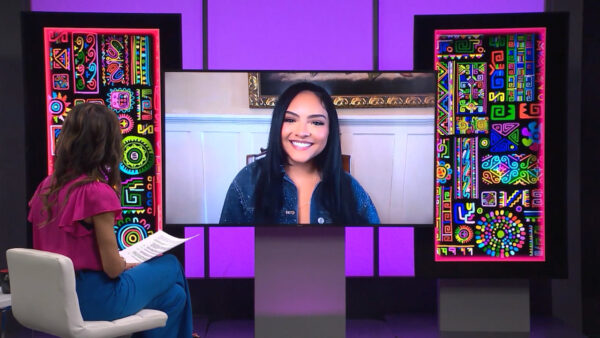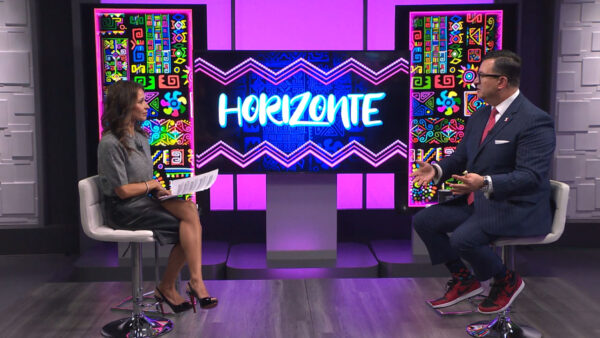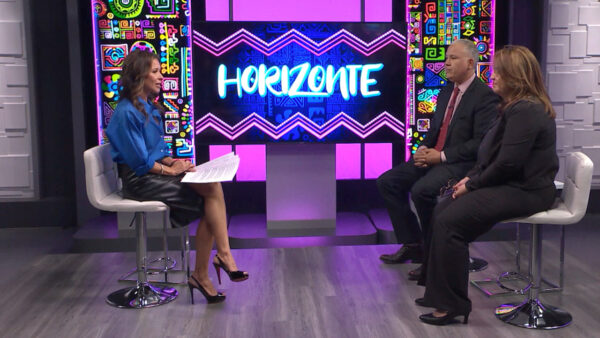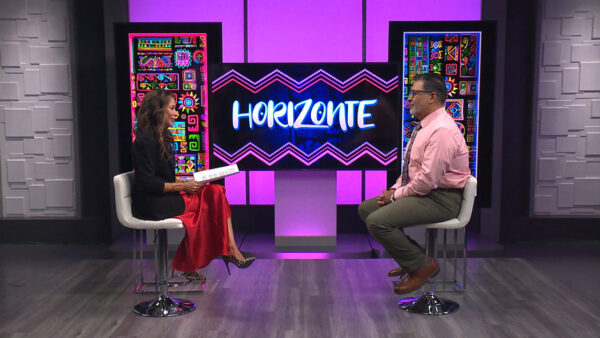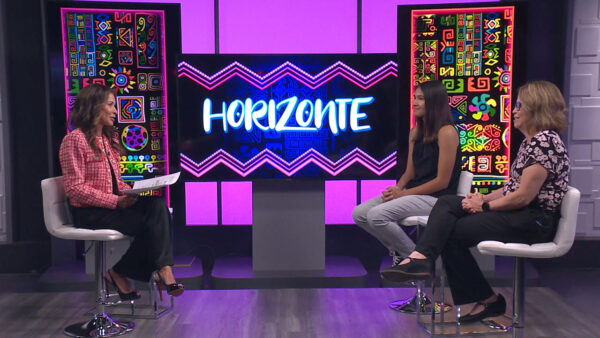We’ll take a look at the U.S. Department of Agriculture’s Summer Food Service Program, created to ensure that low-income children continued to receive nutritious meals when school is not in session. Mary Szafranski, associate superintendent of the Arizona Department of Education Health and Nutrition Services, will talk about the program.
JOSE CARDENAS: For many Arizona students leaving school for the summer can also mean losing their only source of healthy meals. This summer, children up to 18 years old can get nutritious free breakfasts, lunches and snacks at over 1000 Arizona community sites and schools that participate in the summer food service program. Here to talk about the summer food service program is Mary Szafranski, associate superintendent of the Arizona Department of Education, Health and Nutrition Services division. Sounds like you have a lot of responsibility. It strikes me as very, very important, we're talking about kids during the school year who are fairly well taken care of, and then there's a tremendous dropoff in terms of the number of participants. Tell us about the scope of the problem and what you guys are doing about it.
MARY SZAFRANSKI: In Arizona on a daily basis we serve over 460,000 meals to children who receive free or low-cost meals in the National School Lunch program. This is during the school year, however in the summer, when school is out drops to 150,000 meals we serve to children in the summer food service program.
JOSE CARDENAS: What's the reason for the big dropoff? I can think of a few but I think from our off-camera discussions there are a few surprising ones, too.
MARY SZAFRANSKI: JOSE CARDENAS: It's a really good question. Unfortunately there are numerous variables that could affect why the number drops off. We do know that the children aren't leaving the state. Unfortunately there's no silver bullet. At the Department of Education, we have a goal of increasing participation in the summer food service program by 5%. There are multiple ways that we go about doing that. One good example is we've partnered with Mayor Greg Stanton to create the mayor's challenge to inspire and maybe encourage sites and entities to be a sponsor or be a site for the summer food service program.
JOSE CARDENAS: And how does it work? So during the school year obviously the schools are participating. And even during the summer you have some but not as many as once because of budget reasons, I understand.
MARY SZAFRANSKI: Schools more and more are not open for the summer like they used to be. We have schools that operate the summer food -- their summer program. While they are doing the summer program they will administer the summer food service program. But usually schools and end their summer program in June. So we rely on other faith-based organizations, food banks, YMCA. One of the qualifications and requirements to be a sponsor in the summer program is they have to have a year-round service they off offer to the community. Libraries are really good, YMCA are really good entities they already have a great relationship with the faith-based community, and know the needs of the community. We receive applications from them. We identify, are there administratively capable of running the summer program. Are they financially viable? Because while they do receive reimbursement for reimbursable meals, it by no means give them enough money to actually operate the program. They need to rely heavily on grants, volunteers that already work in their community. Partners like the YMCA. We partner with the dairy council, the United -- the sponsors that work with these entities can actually get some supplements to help them financially supplement to actually run the program.
JOSE CARDENAS: So I understand one of the problems that you're dealing with doing this outreach is getting more participants. Even when you do have participants, the participation by entities, participation by students is sometimes surprisingly low.
MARY SZAFRANSKI: It is.
JOSE CARDENAS: What's going on there?
MARY SZAFRANSKI: Well, we know that students aren't participating in the summer like they are in the national school lunch program. And we have marketing firms that try to identify what is the reason for -- I mean, this is a national issue, not just something that happens in Arizona.
JOSE CARDENAS: Part of it I assume, you have mom and dad working. They are not about to let their kids go out on their own.
MARY SZAFRANSKI: Right, right, they want to keep them inside and safe. We try to find places where we already know the students are. That's why we go to libraries, go to the boys and girls club, the food banks. Because even in swimming pools we set up feeding sites because the children are already there. As long as the sites are in areas where there's at least 50% of the population that are qualified for the free and reduced program, they can have an open site. So any child between zero and 18 can walk up to that site and receive a free nutritious meal.
JOSE CARDENAS: We know the mayor is doing his part. He's issued this challenge, I don't think anybody's responded yet. What can mayors do as a practical matter to help with this?
MARY SZAFRANSKI: I think they have the relationship with the entities that could possibly be sponsors so they could encourage and inspire entities to contact the Department of Education and find out if they have the ability, and if they are capable of being a sponsor or maybe being a site. They don't necessarily even have to have a kitchen. We have sites that are serving summer food but they have caterers in the school. You still have children's needs being met and nutritional requirements met even if they don't have a kitchen.
JOSE CARDENAS: How difficult is it for a site to be licensed to participate? We've put up the website but --
MARY SZAFRANSKI: There are federal requirements for us to be able to approve an application. A site will decide if they want to maybe be a sponsor or be a site. And the site is where the meals are being served. They submit an application to the Department of Education. We go through the application to identify if they have met the federal requirements to be a sponsor or a site on the silver food service program. It's a matter of us approving them and then we begin to serve their meals. They have to identify when and what meals. You could serve breakfast, lunch, dinner or a snack.
JOSE CARDENAS: Good luck on getting more participants and thanks for joining us on "Horizonte" to talk about this program.
MARY SZAFRANSKI: Thanks for having me.
JOSE CARDENAS: That's our show for tonight, thank you for watching. I'm Jose Cardenas, have a good evening. Captioning Performed By LNS Captioning www.LNScaptioning.com.
Mary Szafranski:Associate Superintendent of Arizona Department of Education Health and Nutrition Services
